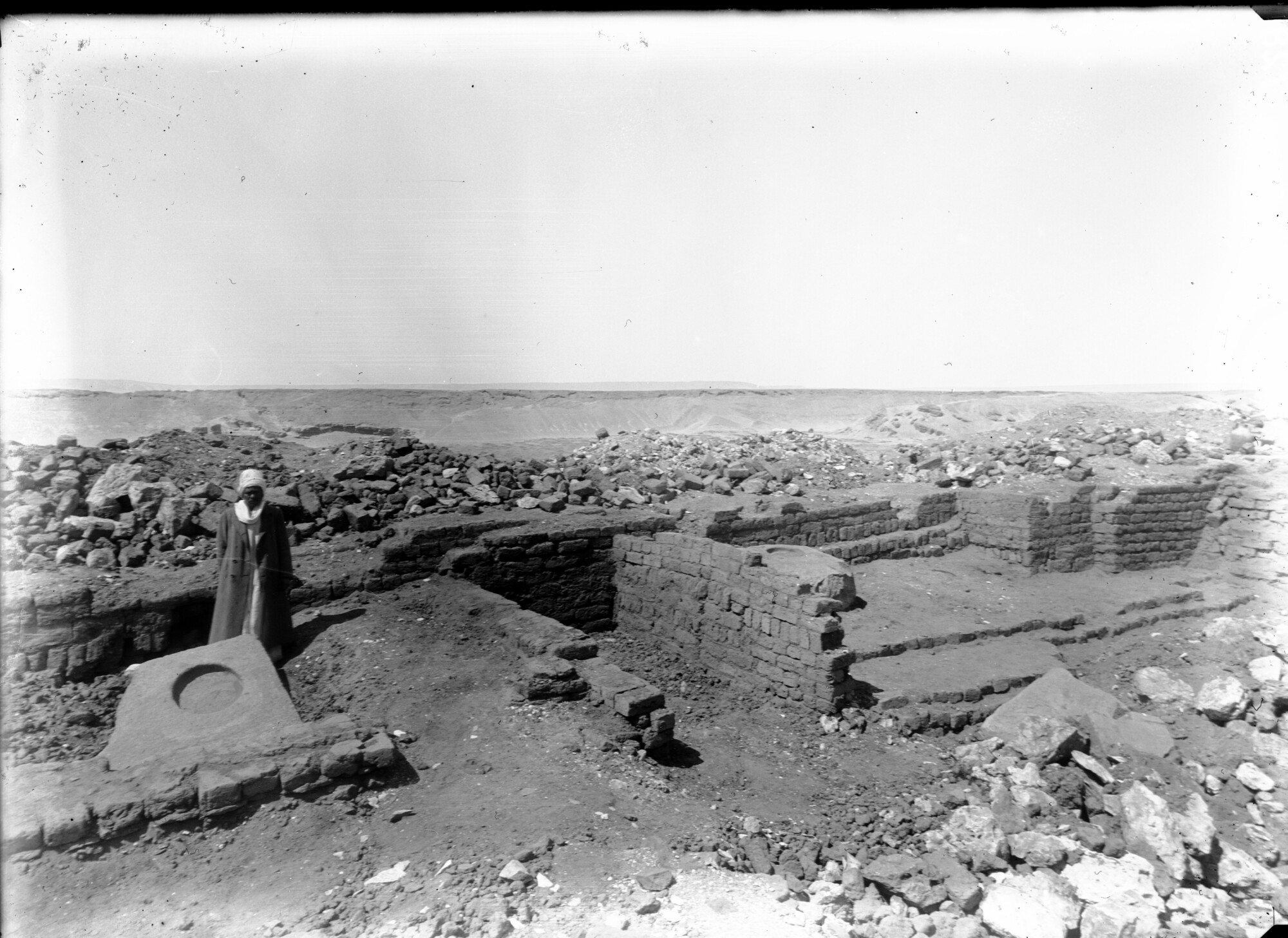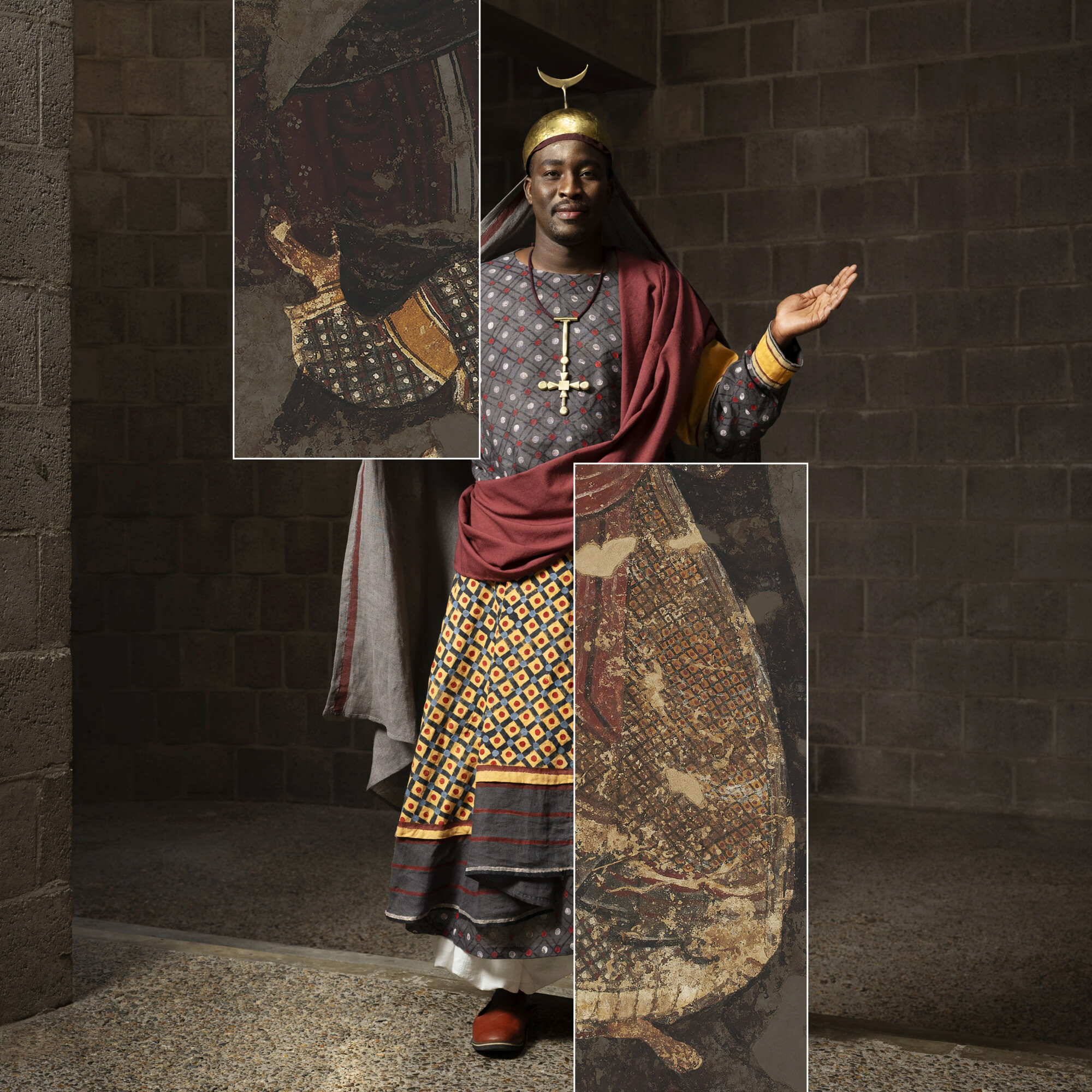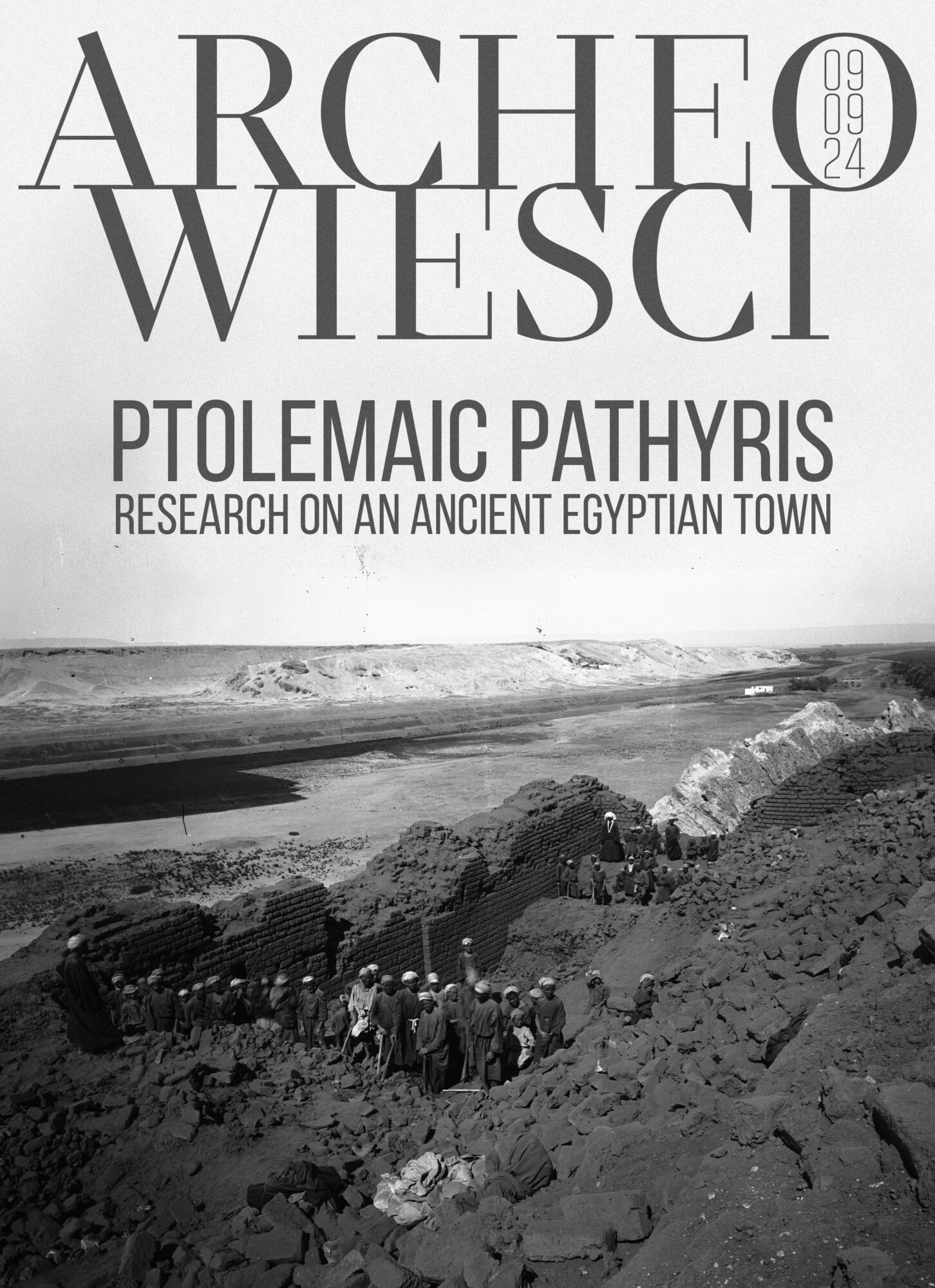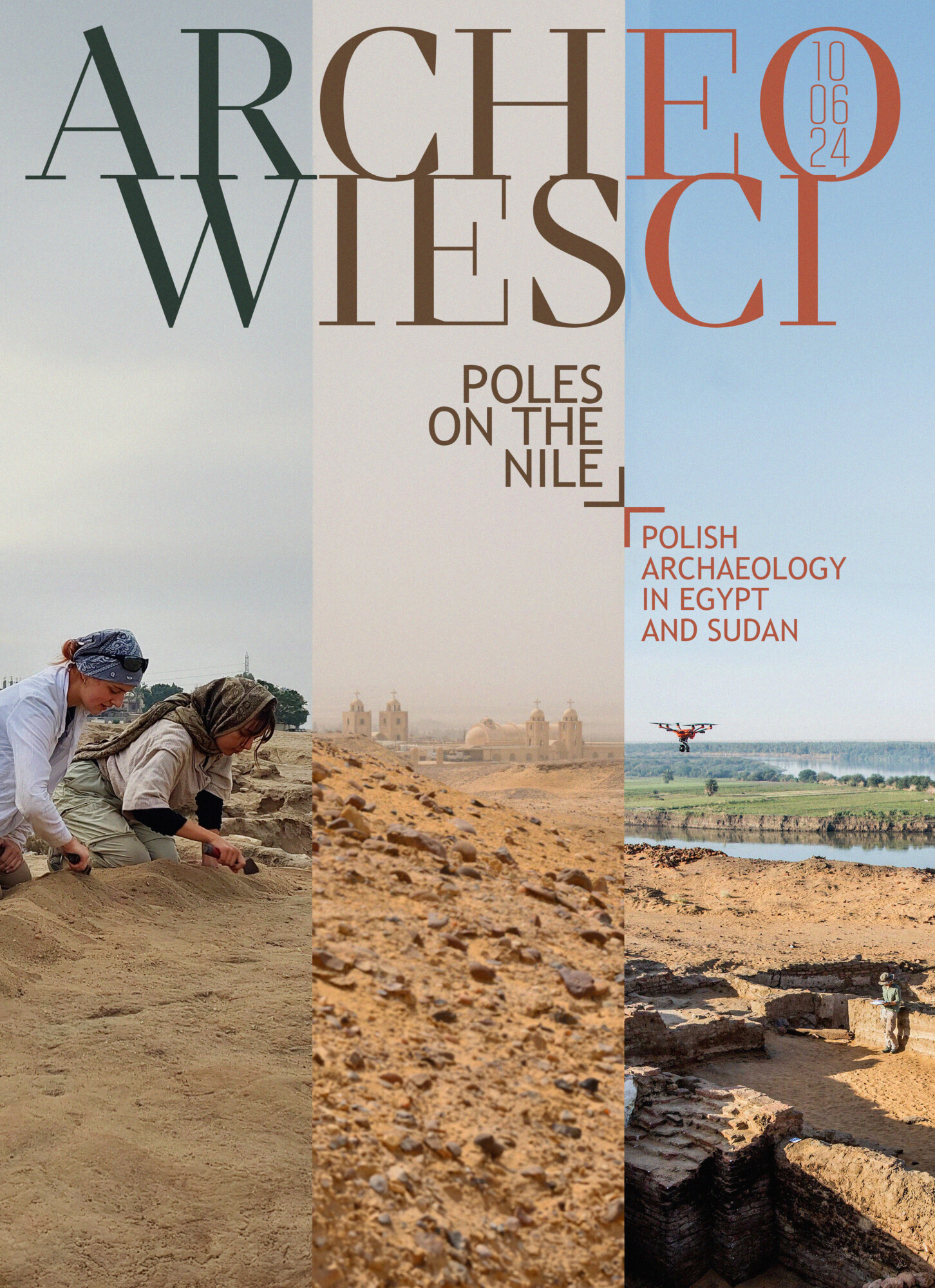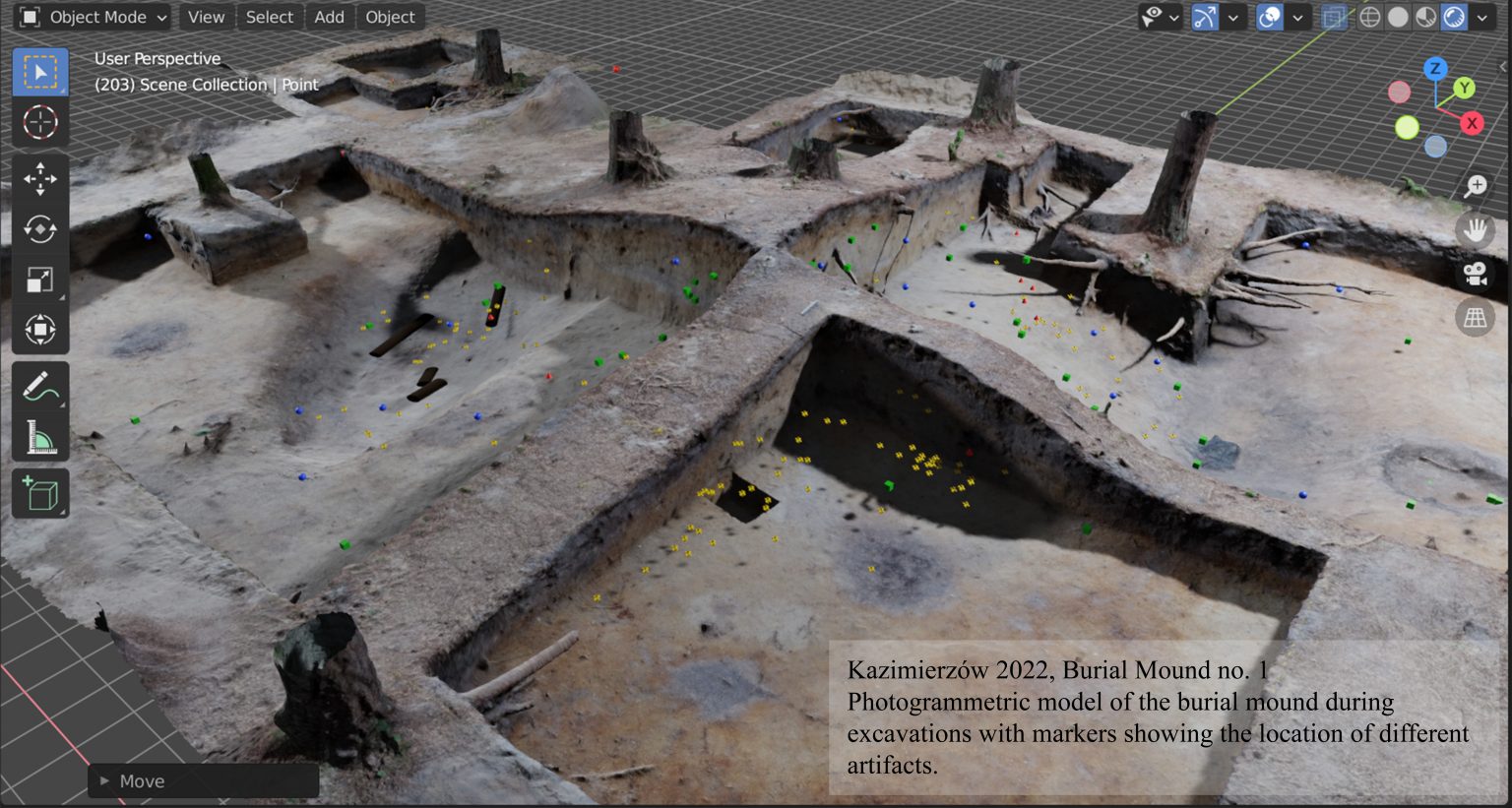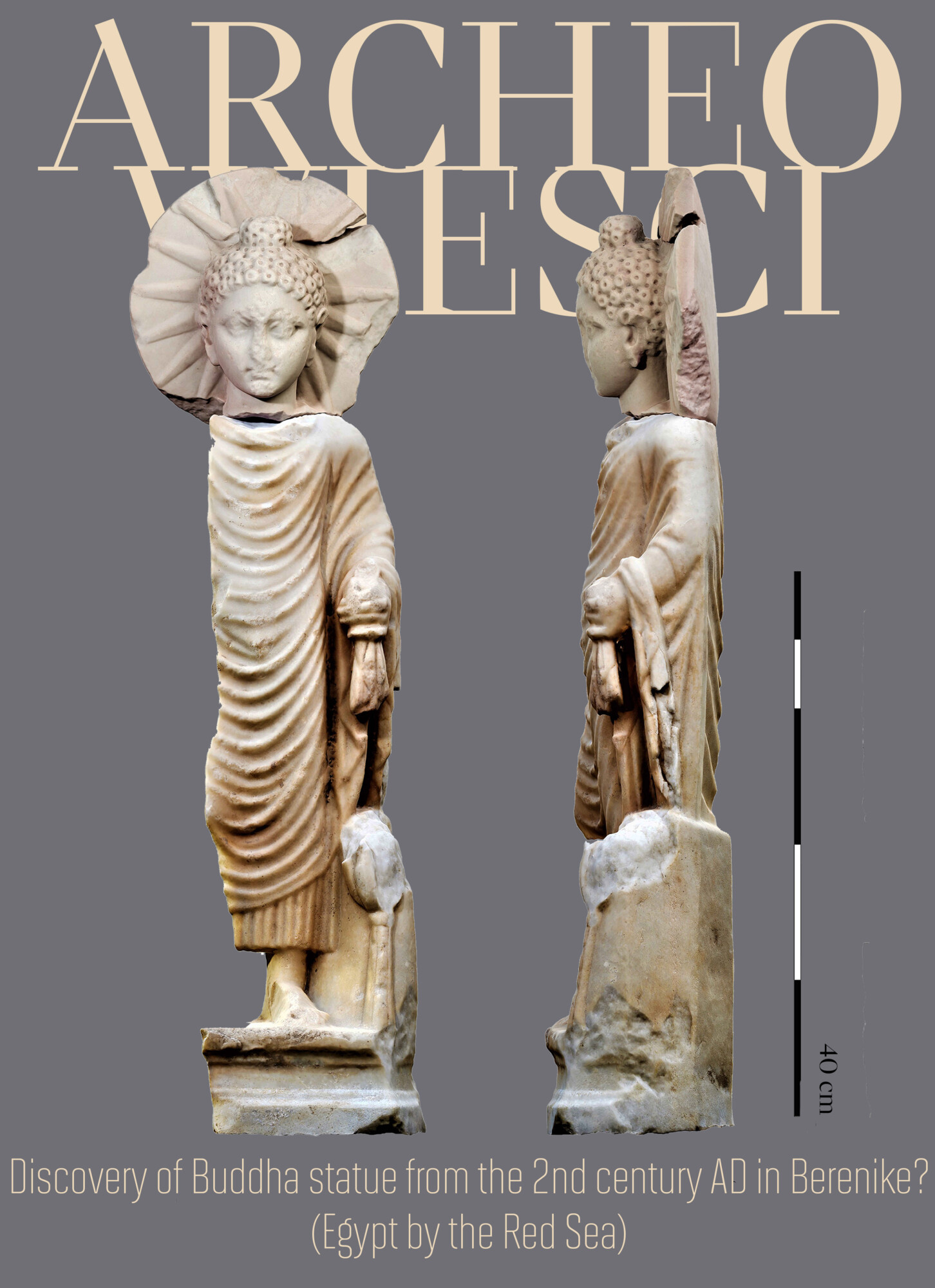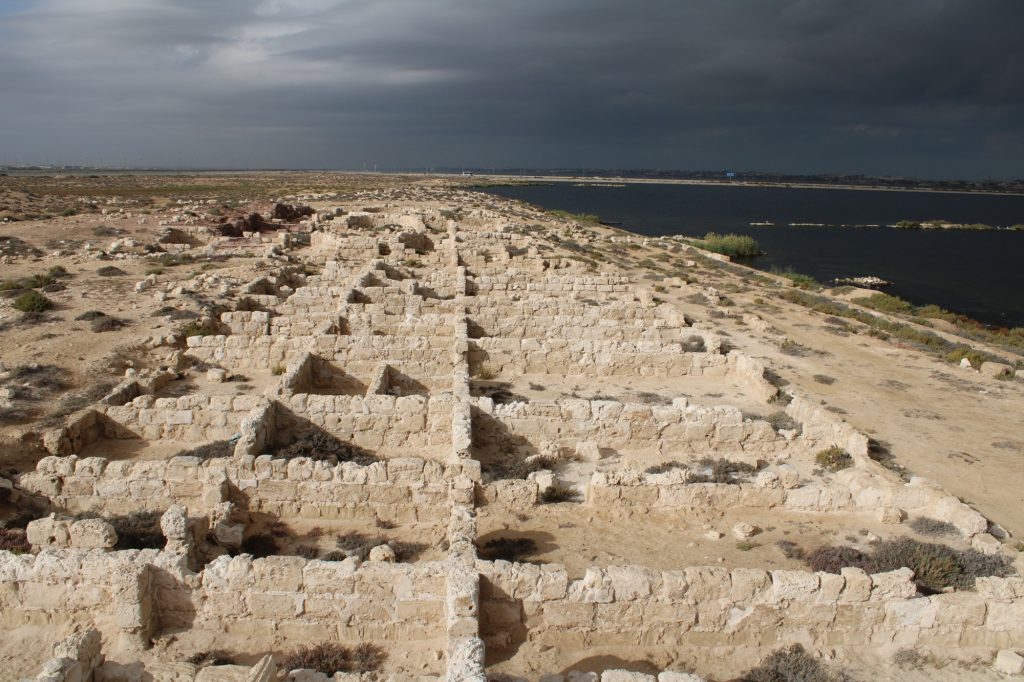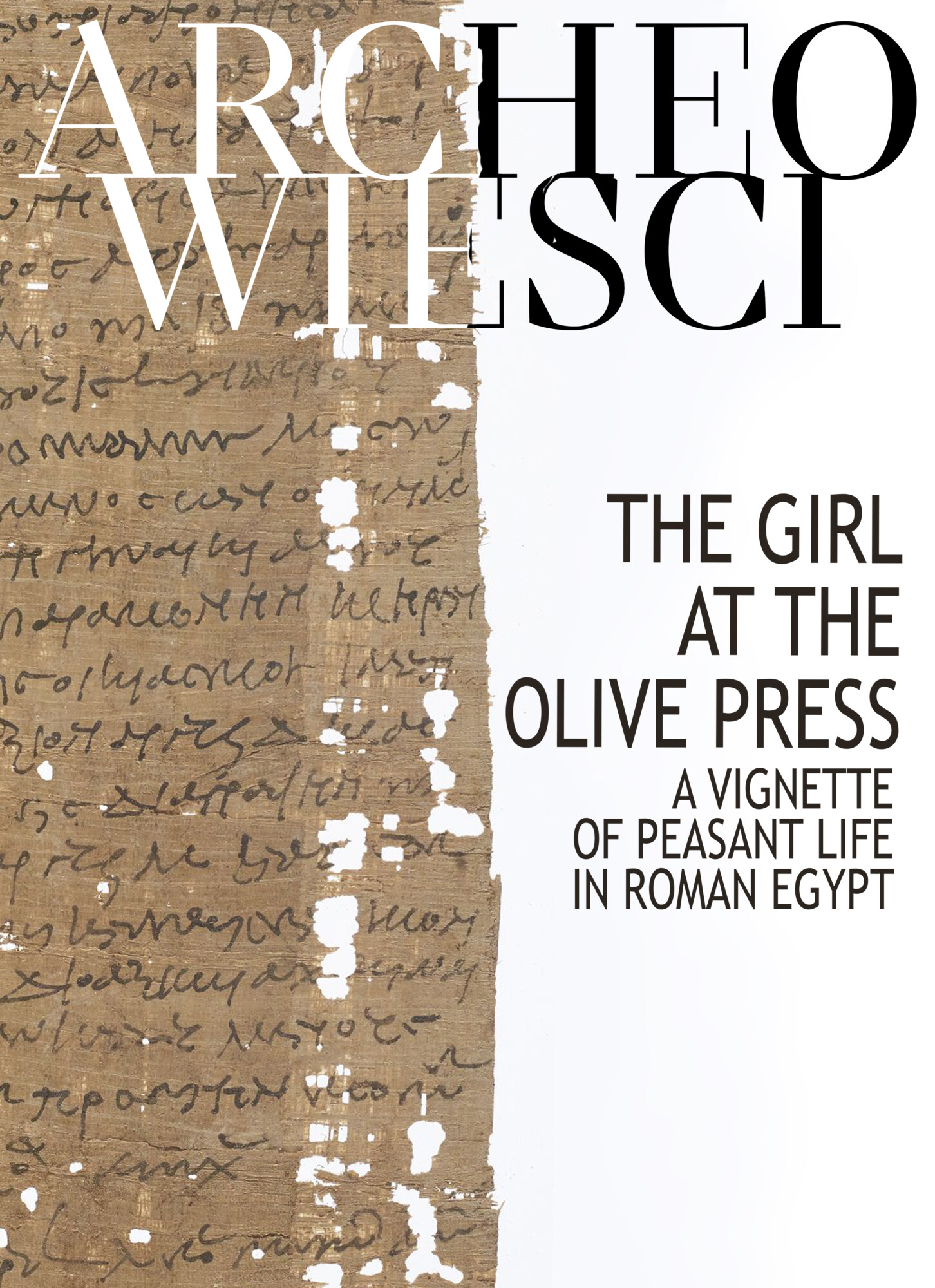
In the year 12 CE, a man named Harthotes submitted a census declaration to the local authorities in Roman Egypt. He was a 55-year-old farmer and local priest living with his elderly mother and young son in a house within the temple precinct of Theadelphia. But from other sources we knew that he also had a daughter named Tahaunes, who was about 12 years old at the time. Where was she? Not married off young, as scholars were quick to assume. The truth is more surprising: she was at work!
Continue reading “The Girl at the Olive Press. A Vignette of Peasant Life in Roman Egypt”

